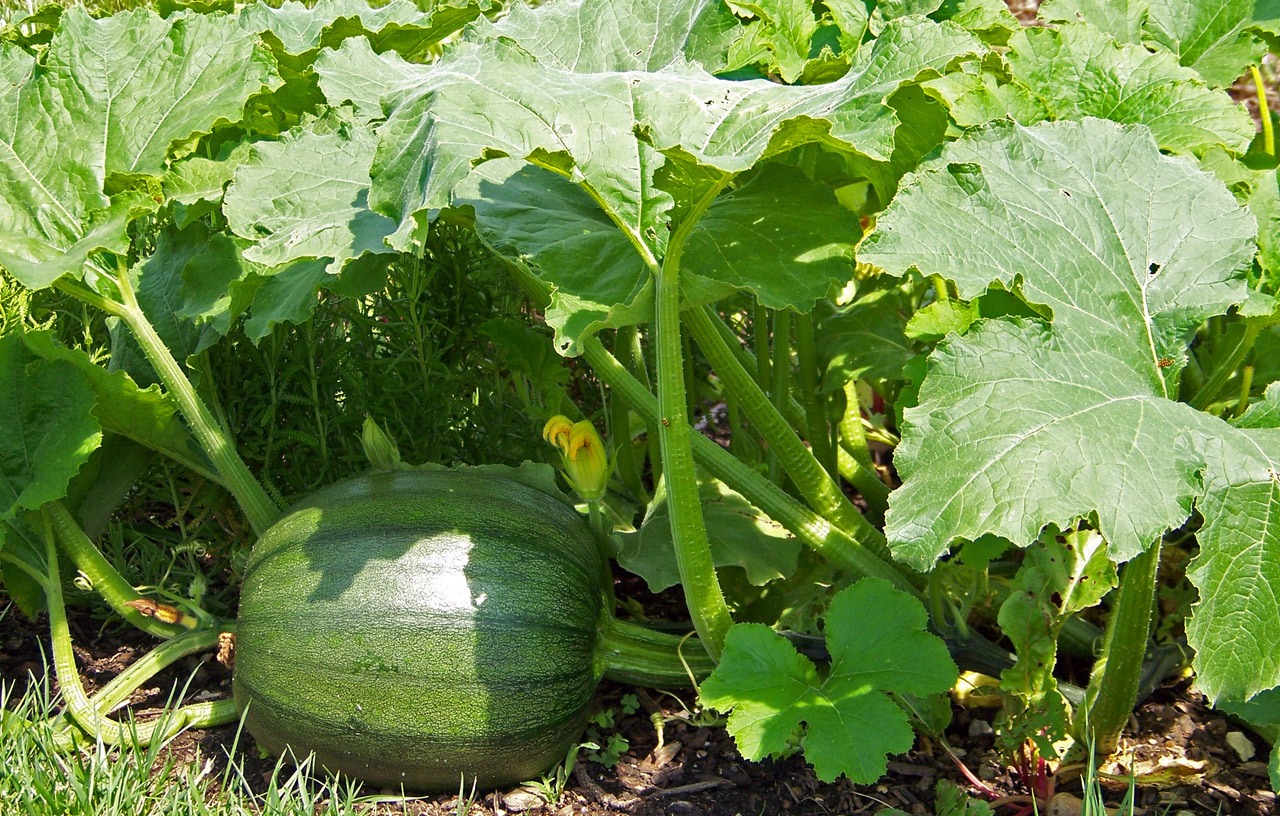Top Picks, Best Plants for Vertical Gardening

Best Plants for Vertical Vegetable Gardening: Maximize Your Space, Minimize Your Effort
Vertical gardening is a game-changer for urban gardeners and space-challenged green thumbs. By growing your vegetables up instead of out, you can transform a small balcony or patio into a thriving, productive garden. Let's dive into the best plants for vertical vegetable gardening, offering you a mix of space-saving vegetables, climbing plants, and hanging vegetable plants that will make your urban gardening journey a breeze.
Why Vertical Gardening?
Before we jump into the best plants, let's quickly explore why vertical gardening is a must-try for urban gardeners:
- Space-saving: Maximize your garden's potential by growing up instead of out.
- Easier maintenance: Vertical gardens are easier to manage, with less bending and stooping required.
- Improved air quality: Vertical gardens help filter the air and improve your living space.
- Aesthetics: They look stunning and add a touch of green to your urban environment.
Best Vertical Garden Plants: Space-Saving Vegetables
1. Cucumbers
Cucumbers are a vertical gardener's dream. They're fast-growing, prolific producers, and their tendrils make them excellent climbers. Plant them at the base of a trellis or cage, and watch them shoot up, providing shade and producing an abundance of fruit.
2. Peas
Peas are another legume that loves to climb. They're easy to grow and produce a bountiful harvest in a small space. Plus, they add nitrogen to the soil, benefiting your garden's overall health.
3. Pole Beans
Unlike their bush cousins, pole beans are climbers, producing more beans per plant and requiring less space. They're also a great option for container gardening.
4. Tomatoes
While determinate tomato varieties are typically bushier, many indeterminate varieties are excellent climbers. Cherry and grape tomatoes are particularly well-suited to vertical gardening, producing a continuous harvest throughout the season.
Best Climbing Plants for Vertical Gardening
5. Squash
Summer squash like zucchini and yellow squash have tendrils that make them great climbers. They produce abundantly and can be trained to grow on a trellis or fence.
6. Melons
Cantaloupes and honeydews are vining plants that can be grown vertically. They require more space than other vertical garden plants, but the reward is sweet and juicy!
7. Gourds
From pumpkins to cucuzzi, gourds are vining plants that can be grown vertically. They're fun to grow and make great fall decorations.
Hanging Vegetable Plants: The Upside-Down Approach
8. Upside-Down Tomatoes
Popularized by the Topsy-Turvy planter, upside-down tomatoes grow in a bag hung from a hook. This method saves space and can help prevent diseases like early blight.
9. Hanging Strawberries
Strawberries produce runners that can be trained to grow downwards, creating a hanging plant. This method can help prevent pests and diseases and makes harvesting a fun, upside-down experience.
Urban Gardening Tips for Vertical Success
- Choose the right support: Trellises, cages, and walls can all serve as supports for your vertical garden plants. Make sure they're sturdy enough to hold the weight of your plants.
- Provide adequate water and nutrients: Vertical gardens can dry out quickly, so regular watering is crucial. Consider using a drip irrigation system to keep your plants hydrated.
- Prune and train: Regular pruning and training will help keep your plants healthy and productive. Remove dead leaves and flowers, and guide your plants to grow where you want them.
- Rotate your crops: To maintain soil health and prevent diseases, rotate your crops each year. This is especially important in small spaces.
For more urban gardening tips and advice, check out this comprehensive guide from Gardening Know How: Vertical Vegetable Gardening.
Conclusion
Vertical gardening is a fantastic way to grow more food in less space. By choosing the right plants and providing the proper care, you can create a thriving vertical garden that produces an abundance of fresh, homegrown vegetables. So, grab your gardening gloves and get ready to grow up!
FAQs
-
Q: Can I grow root vegetables vertically? A: While it's not common, some root vegetables like carrots and beets can be grown in deep containers or bags hung from a hook. However, they won't grow as large as those grown in the ground.
-
Q: How do I choose the right support for my vertical garden? A: Consider the size and weight of your plants, as well as the space you have available. Trellises are great for smaller plants, while cages and walls can support larger, heavier plants.
-
Q: Can I grow vertical gardens indoors? A: Yes, many vertical garden plants can be grown indoors with the right light and care. Hanging plants and upside-down tomatoes are particularly well-suited to indoor gardening.
-
Q: How do I train my plants to grow vertically? A: Gently guide your plants to grow where you want them by tying them to their support with soft ties or cloth strips. Prune and remove dead leaves and flowers to encourage upward growth.
-
Q: Can I grow vertical gardens in a small apartment? A: Absolutely! Vertical gardens are perfect for small spaces. Consider using hanging plants, wall-mounted planters, or even a small trellis in a sunny window.
0 Response to " Top Picks, Best Plants for Vertical Gardening"
Post a Comment